Preparing Your Business for a Year-End Audit: A Step-by-Step Process
It’s always a good feeling to start a new year with excitement and anticipation. And while most people are gunning for their New Year’s resolutions, business owners are busy preparing for a year-end audits.
Whether you’re preparing for a financial audit, tax audit, or internal review, the process can seem daunting. However, with the right approach, you can transform this potentially stressful task into an opportunity for growth and improvement.
To help guide you through this process, we’ll break down the steps involved in preparing for a year-end audit.
Why Year-End Audits Matter for Your Business
Before jumping into the process, it’s important to understand why a year-end audit is necessary. Audits give an unbiased, third-party examination of your company’s financial statements, ensuring they are a fair representation of your financial position. Year-end audits help you:
- Confirm the accuracy of your financial statements.
- Ensure compliance with tax laws and regulations.
- Identify potential weaknesses in your financial processes.
- Make informed decisions for the upcoming year.
Even if your business is small, an audit offers a fresh perspective that can uncover areas for improvement and help you maintain financial integrity.
Step 1: Organize Your Financial Records Early
A successful audit starts with having everything in order before your auditor steps in the door. Gather all the financial records, statements, and documents that are needed for the audit. This will include:
- Income statements
- Balance sheets
- Cash flow statements
- Bank statements and reconciliations
- General ledger and chart of accounts
- Accounts receivable and payable reports
- Tax returns and supporting documents
- Payroll records
It’s helpful to have your records organized chronologically and categorized. If you’re unsure about what’s needed, refer to the audit requirements from your auditor or tax professional.
Step 2: Reconcile Your Accounts
Before the auditor arrives, you should ensure that all your accounts are reconciled. This includes:
- Bank accounts: Ensure all bank accounts are reconciled against your records. This helps to verify cash transactions, outstanding checks, and deposits.
- Accounts payable and receivable: Make sure that any unpaid invoices are recorded accurately, and any unpaid bills are accounted for.
- Inventory: Conduct a thorough inventory count and ensure it matches what’s recorded in your books.
Account reconciliation is critical because any discrepancies can raise questions during the audit process. Correcting them beforehand can save time and prevent complications.
Step 3: Review Your Financial Policies and Procedures
A year-end audit isn’t just about the numbers; it also examines the policies and procedures that your business uses to manage its finances. Review your internal controls and financial processes, such as:
- Approval workflows: How are payments, purchases, and expenses approved? Make sure the appropriate person has signed off on significant transactions.
- Expense tracking: Review how business expenses are tracked, ensuring that there’s a clear distinction between personal and business expenditures.
- Payroll processes: Ensure your payroll is up to date, including employee benefits, tax withholdings, and other related transactions.
For example, a business may discover during an audit that payroll was not being updated consistently, leading to discrepancies between the financial records and actual expenses. By reviewing these processes ahead of time, you can catch these issues early.
Step 4: Keep Up with Tax Laws and Regulations
Tax laws are constantly evolving, and staying up-to-date can be overwhelming. However, the last thing you want is to be caught off-guard with changes that could affect your audit. Some areas to pay special attention to include:
- Deductions and credits: Are you taking advantage of all available tax deductions and credits? For example, the IRS offers deductions for certain types of business expenses like research and development, depreciation, and charitable donations.
- Tax compliance: Ensure that your business has complied with all tax filing deadlines, including federal, state, and local taxes. If there were any late payments or filings, you’ll want to address those prior to the audit.
- Changes in tax laws: For instance, changes in corporate tax rates or business tax credits may impact your business’s financial records.
For businesses that deal with complex tax issues (such as multi-state operations or international transactions), consulting with a tax professional well before the audit can ensure you’re on track.
Step 5: Implement Internal Controls to Prevent Fraud
During an audit, one of the key areas examined is your internal controls. This includes the systems you have in place to prevent fraud and errors. Strong internal controls reduce the likelihood of discrepancies, errors, and potential fraud. Common internal controls include:
- Segregation of duties: Divide responsibilities among employees so that no single person has control over every aspect of a financial transaction.
- Audit trails: Maintain detailed records of all financial transactions so that auditors can trace each transaction from beginning to end.
- Regular reviews: Schedule periodic reviews of financial data by different members of your team to catch issues early.
For example, a company that relies on one person to handle both bookkeeping and payment approvals may uncover during an audit that they have been overpaying suppliers. Proper segregation of duties can help avoid these types of problems.
Step 6: Conduct a Pre-Audit with Your Accountant
Before the official audit takes place, it’s advisable to conduct a pre-audit with your accountant or bookkeeper. This will allow you to:
- Spot any potential problems or discrepancies in your financial records.
- Verify that all tax documents are in order.
- Check that your accounting software is up-to-date.
A pre-audit gives you a chance to make corrections before the auditor reviews your records, which can make the audit go much more smoothly. Your accountant will know exactly what to look for and can help you prepare accordingly.
Step 7: Prepare Your Team for the Audit
The audit process can be disruptive to daily operations, so it’s important to prepare your team ahead of time. Let them know the following:
- Who will be involved: Assign specific team members to interact with the auditors. This could include your accountant, internal auditors, or department heads.
- What documents will be needed: Make sure team members know what records they should prepare or have ready.
- What to expect: Explain that the auditors may ask detailed questions about transactions, policies, and procedures. Be prepared for some questions that might be challenging or require deep financial knowledge.
For example, the auditor may ask a warehouse manager to explain discrepancies between inventory counts and recorded data. Make sure they are prepared to answer these types of questions.
Step 8: Stay Calm and Communicate Openly During the Audit
The audit process is often stressful, but it’s important to remain calm and communicate openly with your auditors. They are there to help ensure your business complies with regulations, not to point fingers. Be prepared to:
- Answer any questions they may have.
- Provide supporting documentation promptly.
- Be transparent about any mistakes or areas where you may need help.
Clear and timely communication with your auditor can significantly reduce the time and energy needed to complete the audit. For instance, if there’s a discrepancy in a financial record, it’s better to address it immediately rather than try to hide it.
Step 9: Address Findings and Recommendations Post-Audit
Once the audit is complete, your auditor will provide a report detailing their findings and recommendations. It’s crucial to take this feedback seriously. The audit may reveal areas of weakness in your financial processes that need improvement. Address these findings promptly to:
- Strengthen your internal controls.
- Improve compliance with tax laws.
- Correct any mistakes to ensure accurate financial reporting in the future.
For example, an audit might uncover that your business has been misclassifying certain expenses, leading to incorrect tax filings. Rectifying this before the next audit will save you from penalties or further complications.
Step 10: The Power of Preparation
Preparation is key to a successful audit. So, take the time to get organized and stay on top of the details, and you’ll be better equipped for the audit and any future financial decisions you need to make.
A year-end audit doesn’t have to be a daunting task. Taking proactive steps to organize your financial records, review your policies, and prepare your team will go a long way toward preparing for the audit. Use this opportunity to identify areas for improvement and ensure your business is operating at its best.
Get Started Today With CapForge’s Bookkeeping & Tax Services
Take control of your business finances with CapForge. Our expert team makes managing your payroll simple so you can focus on what really matters—growing your business.
Partner with us today and discover the peace of mind that comes from knowing your financials are in good hands.
Send an email to info@capforge.com or contact us at 1-858-633-3573 to get started. Additionally, you can fill out the form below and we’ll be happy to attend to your needs!








